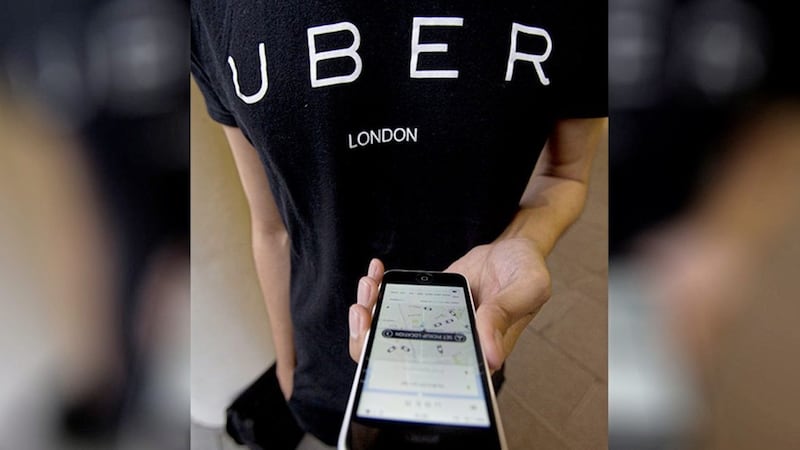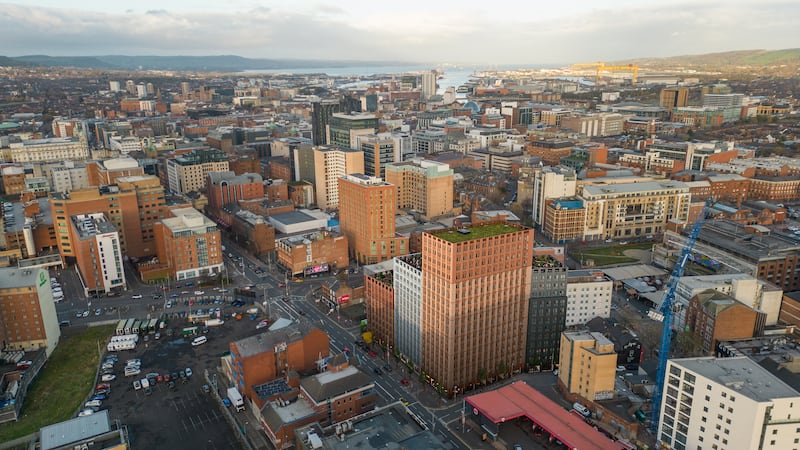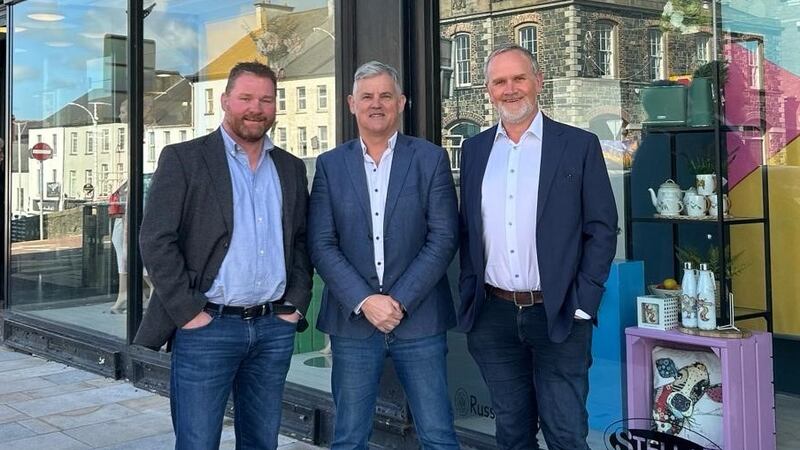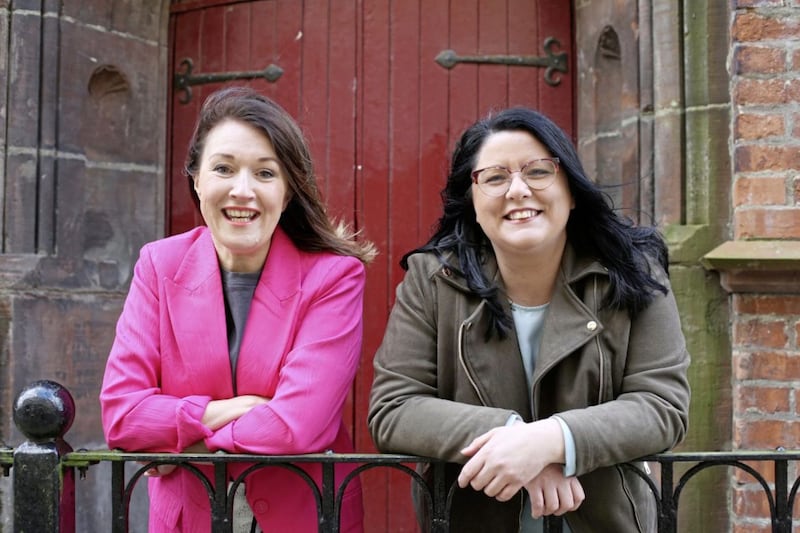MANY people see Uber as a taxi firm, but it sees itself as an urban mobility company. Is it being pretentious?
In an era when people generally want more companies to take the Ronseal approach to how they describe their businesses, Uber may actually have a point in its resistance to being plain in its description of itself.
How the San Francisco-based firm articulates its business model says much about its approach to innovation and its understanding of its strengths. In effect, it is a logistics and technology company rather than a taxi firm.
The fact that it bought a bike sharing business recently illustrates that it definitely isn’t just about cabs.
As the company said when it bought Jump in September: “We’re committed to bringing together multiple modes of transportation within the Uber app
so that you can choose the fastest or most affordable way to get where you’re going, whether that’s in an Uber, on a bike, on the subway, or more”.
The company’s CEO has even said that he hopes to one day use Uber’s platform to run a city’s bus system.
Launched as Social Bicycles in 2011, Jump runs GPS-enabled schemes in various US cities. In San Francisco, Jump’s offering is both electric and dockless.
The reality is that bike-sharing, and especially electric bike-sharing, poses a real threat to Uber’s main business. Unlike cars, bikes don’t really get stuck in traffic.
Research in other parts of the world has suggested for a long time that electric bikes can be very disruptive to other travel types.
In China, for instance, bike sharing has become huge in a short period of time, with an influx of money from venture capital and a model that doesn’t require docks for the bikes, making expansion cheaper and easier.
Dockless bike companies place their cycles around a city, and customers use an app or scan a code to unlock them.
Since they don’t require the same kind of infrastructure (ie docks), dockless bike companies can launch in a new city in a matter of weeks.
Uber can see the trend and, not being a taxi business, but rather an urban mobility company, it is part of its mission to respond.
But true to its own view of itself, Uber isn’t planning to stop at bikes, or even buses. Interestingly, the company says it is also working with NASA on a kind of aerial taxi business which it plans to launch in 2023. This will be based on an aircraft-type that is essentially a cross between a plane and a helicopter.
Uber says that these aircraft will be electrically powered and will fly at an height of between 1,000 and 2,000 feet. The idea is that there will be thousands of these airborne taxis shuttling passengers between rooftops and landing sites around cities. Piloted by humans at first, Uber says they will eventually fly autonomously.
It may be some time, if ever, before we see Uber aircraft taxing people from Carrickfergus or Saintfield to Belfast and back, but local businesses can certainly learn something from Uber’s approach to business.
Uber’s vision of itself is about meeting a customer need. Uber doesn’t pigeon-hole itself as a taxi company and seek to do that job as well as it can. By focusing on meeting a need and doing what it does best (tech and logistics), it is able to adapt to changes in the marketplace, and even stay ahead of the curve.
:: Patrick McAliskey is managing director of Novosco, an indigenous Northern Ireland managed cloud company with offices in Belfast, Dublin and Manchester. It works for leading organisations across the UK and Ireland, including many of the north’s top companies, UK health trusts, housing associations and other organisations.








